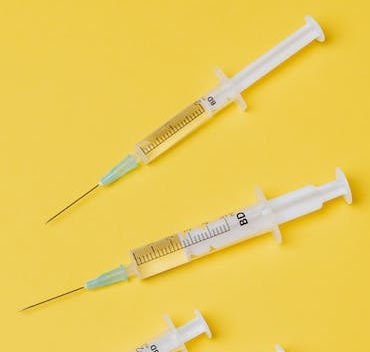The global industry is primarily driven by the increased adoption of plastics in several healthcare products, coupled with rapid technological advancements in the medical sector. With the advent of the COVID-19 pandemic, the injection moulding industry has witnessed an uptick, particularly in the medical field, where it can provide accuracy, a wide range of operations, repeatability, and cleanliness. In addition, it provides cost-effective and efficient ways for producing high-volume parts and products.
The report, "Medical Injection Molding Market Size, Share & Trends Analysis Report By System (Hot Runner, Cold Runner), By Material (Plastics, Metal), By Product (Dental Products, Patient Aids), By Region, And Segment Forecasts, 2023 - 2030" has been added to ResearchAndMarkets.com's offering. It forecasts a CAGR growth of 5.7% in the global injection moulding market and estimates that the market could reach US$33.28 billion by 2030.

In recent years, the industry for medical injection moulding has seen a boom with regard to the manufacturing processes of complicated healthcare products, according to the report. Players are incorporating Industry 4.0 into their processes to optimise their raw material requirements, reduce costs, and increase automation, flexibility, & efficiency, among other things.
Medical injection moulding has seen a growth in popularity in the last few years as a manufacturing process for generating complex net form medical devices. It lowers the cost of production and repetition, reducing the number of raw materials needed to develop medical items.
The key factors influencing the demand for medical products include availability, awareness, affordability, and adaptability. Increasing demand for better healthcare facilities coupled with the ongoing COVID-19 pandemic has boosted the growth of medical devices manufactured with the help of injection moulding machines, thereby augmenting industry growth.
Companies that provide injection moulding services are working to acquire the most up-to-date technologies, in order to fulfill the changing demands of the medical industry and expand their manufacturing capacity. For example, in March 2022, Beacon MedTech Solutions increased its medial injection molding capacity with the installation of the SE-EV-A series Sumitomo (SHI) Demag machines.
Highlights of the report
· Plastic accounted for 98.73% of the global revenue share in 2021, owing to its high flexibility, cleanliness, high tensile strength, metal tolerance, & temperature resistance among other factors, making it ideal for the medical injection moulding process
· Asia Pacific accounted for around 40.6% of the global revenue share in 2021, owing to the developing healthcare infrastructure such as hospitals, increasing research & development in the medical devices sector, and the easy availability of skilled labor
· The demand for hot runner systems is expected to witness a CAGR of 5.9% from 2021 to 2030, owing to its faster cycle times, elimination of the need for robotics, and increased efficiency as compared to cold runner systems














